
Lindsey offers clinics at our farm, and we also can come to you for a clinic.
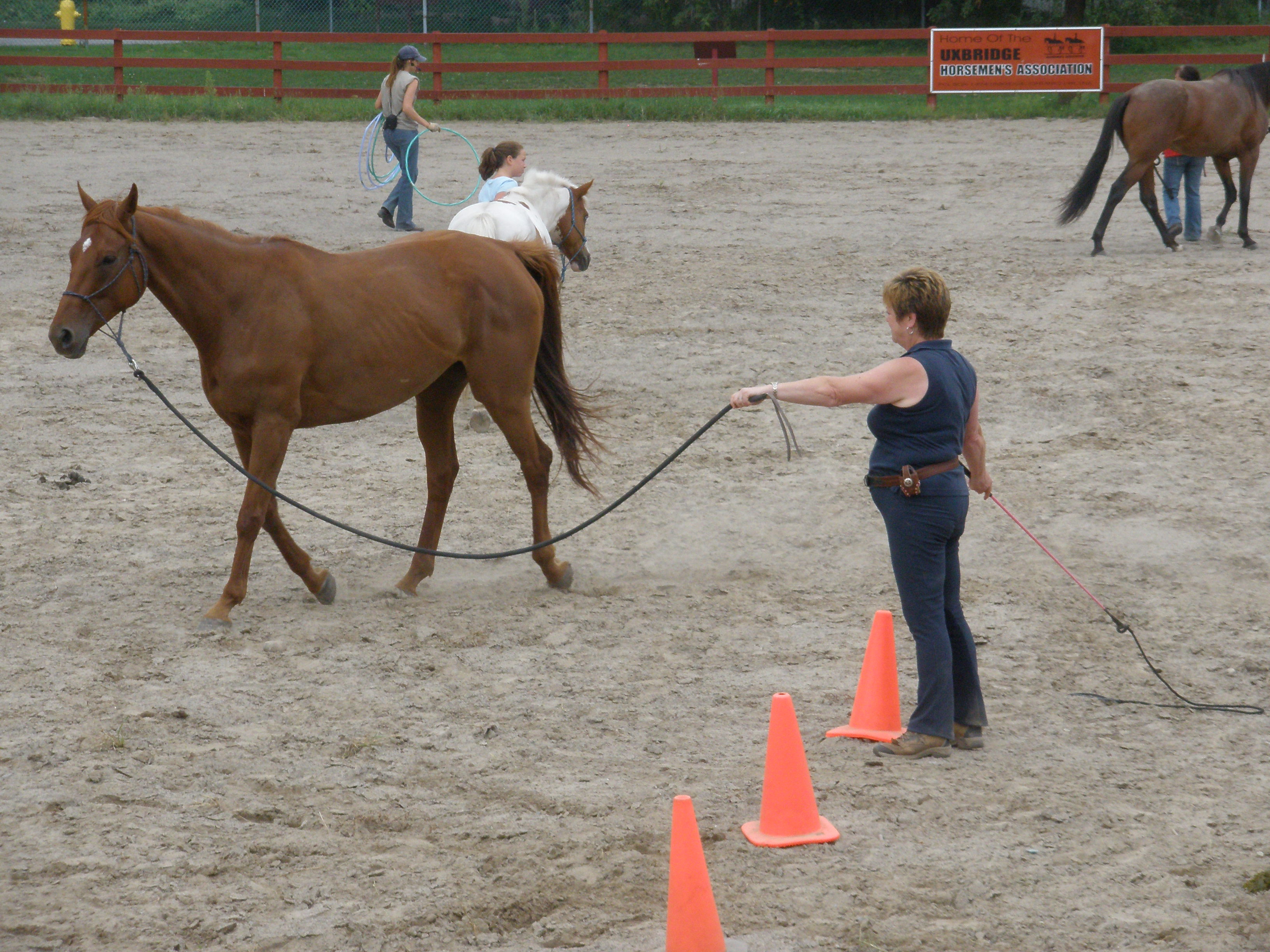
Clinics are when a group of people get together to learn in a group setting.
Generally 5 to 15 horse/handler combinations can participate with many more people able  to watch and learn from the sidelines.
to watch and learn from the sidelines.
Lindsey works with each facility and group to tailor a clinic that caters to the needs and desires of all involved
- Change up your daily routine so both you and your horse keep progressing and having fun
- Gain skills which makes you better abele to have success and safety when on your own
- Expose a green or new horse to a new event in a positive, friendly, and low stress environment
- Try a new instructor and exercises
- Give you inspiration
- Have a fun and learning filled day with your horse
- Have fun with a group of people who love horses as much as you do
- Have a chance to learn from an instructor that usually isn’t available to you (because they live far away, scheduling conflicts, etc)
- Make some real progress with your horse and learning because of all the practice and teaching you get
- Learn from other horse/handler combinations by watching how others are instructed to overcome issues
- Learn what ‘fresh eyes’ notice about your interaction with horses
- Meet new people
- Teach you new tasks to work on
- Test your relationship with your horse
- Try something new
- When you host a clinic you get 1 FREE spot in the clinic (with a minimum of 3 other participants!)
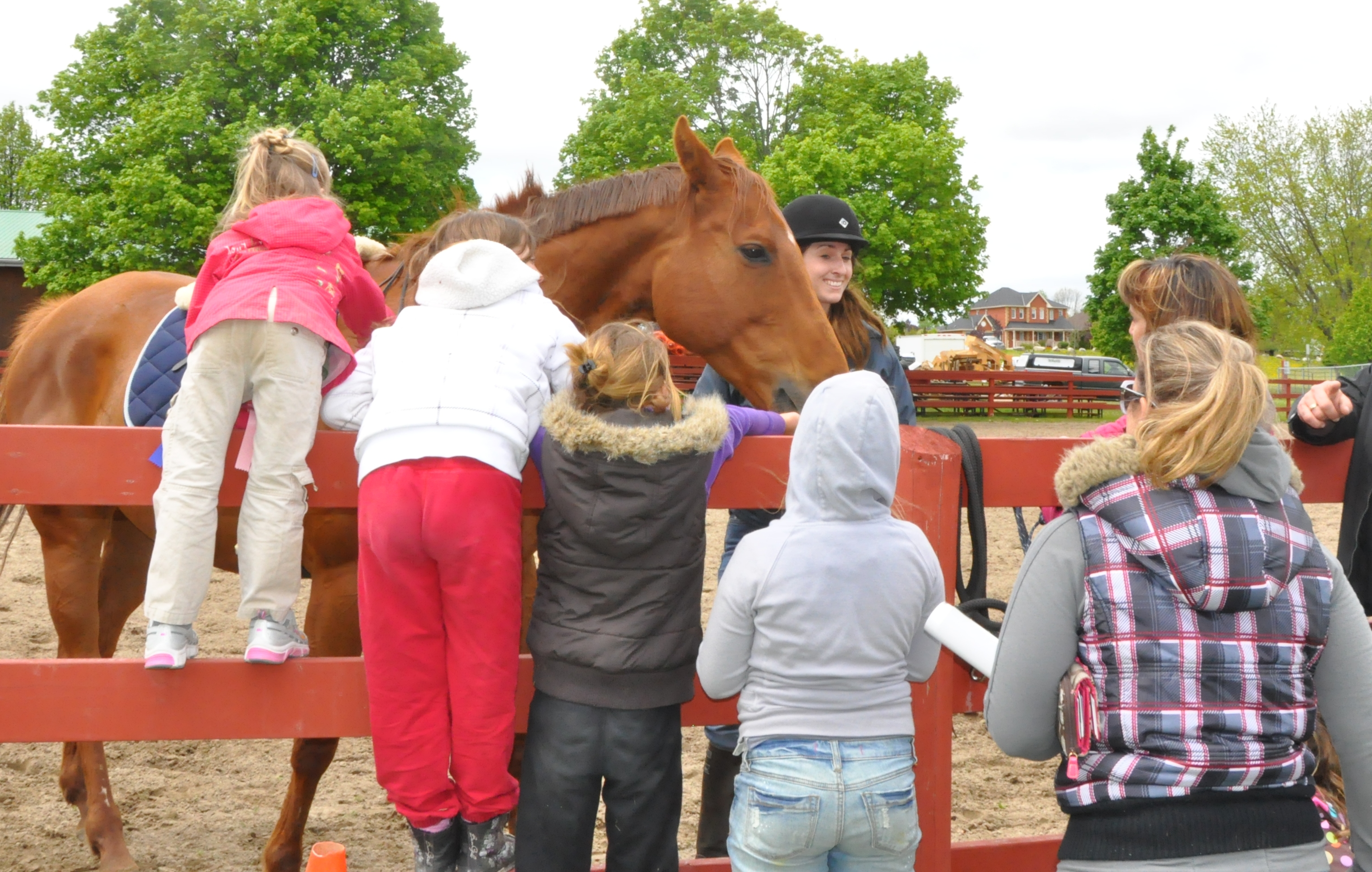 Types of Clinics:
Types of Clinics:
Clinics can have many different types of learning. When teaching groups, it is important to cater to every learning style. Clinics are tailored to each facility and group to make sure the needs of the learners are being met.
To learn more about learning styles click here.
- Demonstrations: Lindsey shows how a task should look by doing it with a horse at the clinic or by bringing one of her own. This really helps learners that like to see how something is done and think through a task before they try themselves.
- Learning styles that benefit: Watching and Thinking - Discussions: Lindsey guides discussion of a particular topic amongst the group members. This lets the group share their experiences and really relate to the topic. - Learning styles that benefit: Watching (listening) and Thinking
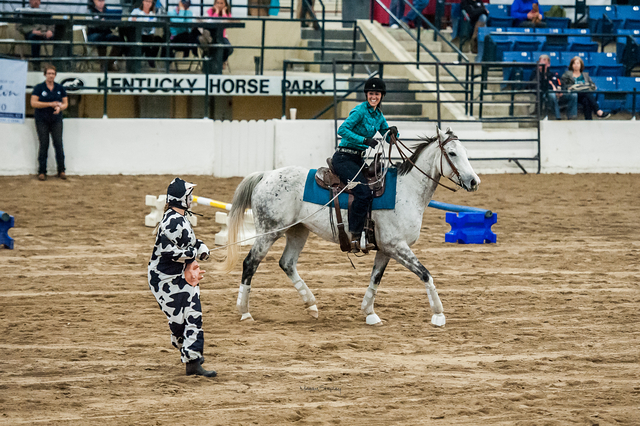 Group Instruction: Usually the majority of clinics are in group instruction. This is when all the participants with horses participate - like a group lesson. Group sizes range depending on the facility and setting. Usually groups are between 5-15 horse/handler combinations.
Group Instruction: Usually the majority of clinics are in group instruction. This is when all the participants with horses participate - like a group lesson. Group sizes range depending on the facility and setting. Usually groups are between 5-15 horse/handler combinations.
- Learning styles that benefit: Doing and Feeling- Lecture Style: Lindsey presents information to the group in a classroom like setting. Power point or flip chart tools can be used. This format works really well with large groups.
- Learning styles that benefit: Watching and Thinking - Simulation Exercises: Simulation exercises provide a safe way to practice skills. Simulation has many benefits:
- The group has a chance to get comfortable with their tools and cues before working with the horse,
- You get to practice with a talking horse (because some group members will act as the horse and other group members will act as the handler; then participants will switch roles) this means you have a chance to hear what your movements and cues feel and look like from the horse.
- You get the experience of learning from the horse’s perspective.
- Learning styles that benefit: Doing and Thinking - Private Horse/Handler Instruction: there may be tasks or concepts when it is best for one-on-one instruction. Examples are when participants are jumping, completing a pattern or obstacle, or when playing the game ‘join up’ with their horse. One-on-one instruction allows - Learning styles that benefit: Doing and Feeling for the horse/handler combination completing the action. Watching and Thinking for the other participants watching.
Lindsey works with each facility and group to tailor a clinic to their needs.
Clinics can include a variety of topics. Other topics are available – contact Lindsey to discuss your needs.
If you are interested in hosting a clinic you can do a survey to find out what your group is interested in.
- Can’t We Fix That? Problem solving all sorts of behavioural problems from biting to kicking and everything in between
- Communicating Clearly: learn the language of horse and begin your conversation
 Creating Confidence: how to deal with the scary stuff either on the ground or in the saddle
Creating Confidence: how to deal with the scary stuff either on the ground or in the saddle - Fearless Fences: how to create a brave and talented jumping horse
- Fun on Your Feet: learn how to play with your horse without getting in the saddle
- Gracious Ground Manners: perfecting everyday tasks like leading and tying
- Huh What Does That Mean? learning to read horse behaviour
- Let Your Horse Jump: getting the rider to enhance the horse’s jump
- Lets Calm Down! working with the anxious or ‘hot’ horse
- Powerful Engagement: steps to bending and collecting without the kick and tug
- Starting with Success: approaching and working with the untrained horse
- Terrific Trails: steps to both being safe and stimulating for your horse on the trail
- Trailer Loading: it doesn’t have to be hell on wheels
- What is Harmony Horsemanship? introducing the basics
Clinics are planned according to the needs of the facility, participants, and Lindsey’s ability and availability. Please contact Lindsey with your needs and Lindsey will be happy to work with you.
(please contact for an exact quote)
 Clinics where participants do not bring horses (Discussion, Lecture, or Simulation type):
Clinics where participants do not bring horses (Discussion, Lecture, or Simulation type): - $60/hr*
- Clinics with horse/handler instruction:
- 6-10 horse and handler combinations= $100/ horse and handler combination/ 7 hr day*
- 4-5 or fewer horse and handler combinations= $150/ horse and handler combination/ 7 hr day*
You get 1 FREE spot in a clinic when you host one at your facility (with a minimum of 3 other participants)!
*Additional charges may apply for long distance travel and/or if overnight accommodations are required for Lindsey. Please contact Lindsey for a quote to your location. The first 200km (round trip) from Uxbridge are free when hosting a 7 hr clinic. - The facility may charge additional fees to cover operating costs.
- The facility sets the cost for people watching the clinic and keeps the funds from people watching.
- Looking for something different? Contact us with your needs.
How exciting you are hosting a natural horsemanship clinic with Lindsey!
New - if you host a clinic at your facility, you get one free spot in the clinic!
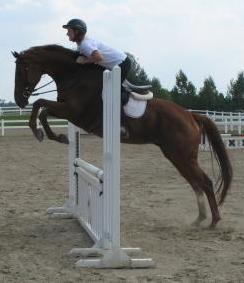 1. Survey: Do a survey of people interested in coming to the clinic to find out what date, time, length, format, location, and topic they are interested in. This will help you make a clinic people want to come to.
1. Survey: Do a survey of people interested in coming to the clinic to find out what date, time, length, format, location, and topic they are interested in. This will help you make a clinic people want to come to.
2. Consult with Lindsey: Contact Lindsey for a no obligation consultation to discuss your needs and get a quote. Lindsey will provide you with a clinic agreement that will list all the details discussed including the price, date, time, and length.
3. Decide and Deposit: Once you have your clinic agreement, you have to decide if you want to host the clinic. If you decide to sign the clinic agreement and host the clinic, a 10% deposit is due to secure the date, with the remaining balance due the day of the clinic.
4. Advertise: It is best to advertise early and have reminders. This allows people to check their schedules and hold the date. Advertising may include posting flyers in nearby horse facilities, tack stores, and feed shops, sending emails and flyers to friends or even including an advertisement in the local newspaper or website. Lindsey can work with you to help advertise your clinic at no extra cost.
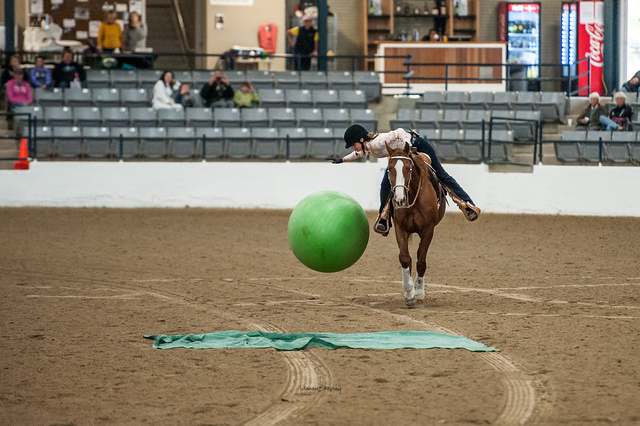 5. Plan the Finer Details: There are a lot of things to consider when hosting a clinic like: parking, signs, volunteers for the day, food for sale, washrooms, accommodations for the horses, overnight accommodation for participants that are travelling a far distance, traffic flow at the facility, seating, etc.
5. Plan the Finer Details: There are a lot of things to consider when hosting a clinic like: parking, signs, volunteers for the day, food for sale, washrooms, accommodations for the horses, overnight accommodation for participants that are travelling a far distance, traffic flow at the facility, seating, etc.
6. Draft an Evaluation: It is great to get feedback from participants to help with planning future clinics. You can have people fill it out after the clinic, and even to a draw prize for everyone that completes one.
7. Enjoy the Day: You have worked hard for it! Enjoy the day.
8. Review the Evaluations: Take a look at the evaluations and use the feedback to plan future events.
To book your clinic or have a consultation please contact Lindsey at lindseyforkun@gmail.com or call 416-571-5914
Learn more about Learning Styles:
- These people are able to look at things from different perspectives. They are sensitive. They prefer to watch rather than do, tending to gather information and use imagination to solve problems. They are best at viewing concrete situations from several different viewpoints. Kolb called this style 'Diverging' because these people perform better in situations that require ideas-generation, for example, brainstorming. People with a Diverging learning style have broad cultural interests and like to gather information. They are interested in people, tend to be imaginative and emotional, and tend to be strong in the arts. People with the Diverging style prefer to work in groups, to listen with an open mind and to receive personal feedback.
- The Assimilating learning preference is for a concise, logical approach. Ideas and concepts are more important than people. These people require good clear explanation rather than practical opportunity. They excel at understanding wide-ranging information and organizing it into a clear logical format. People with an Assimilating learning style are less focused on people and more interested in ideas and abstract concepts. People with this style are more attracted to logically sound theories than approaches based on practical value. These learning style people are important for effectiveness in information and science careers. In formal learning situations, people with this style prefer readings, lectures, exploring analytical models, and having time to think things through.
- People with a Converging learning style can solve problems and will use their learning to find solutions to practical issues. They prefer technical tasks, and are less concerned with people and interpersonal aspects. People with a Converging learning style are best at finding practical uses for ideas and theories. They can solve problems and make decisions by finding solutions to questions and problems. People with a Converging learning style are more attracted to technical tasks and problems than social or interpersonal issues. A Converging learning style enables specialist and technology abilities. People with a Converging style like to experiment with new ideas, to simulate, and to work with practical applications.
- The Accommodating learning style is 'hands-on', and relies on intuition rather than logic. These people use other people's analysis, and prefer to take a practical, experiential approach. They are attracted to new challenges and experiences, and to carrying out plans. They commonly act on 'gut' instinct rather than logical analysis. People with an Accommodating learning style will tend to rely on others for information than carry out their own analysis. This learning style is prevalent and useful in roles requiring action and initiative. People with an Accommodating learning style prefer to work in teams to complete tasks. They set targets and actively work in the field trying different ways to achieve an objective.
© david kolb original concept relating to kolb's learning styles model, and alan chapman 2003-2009 review and code and diagrams artwork.







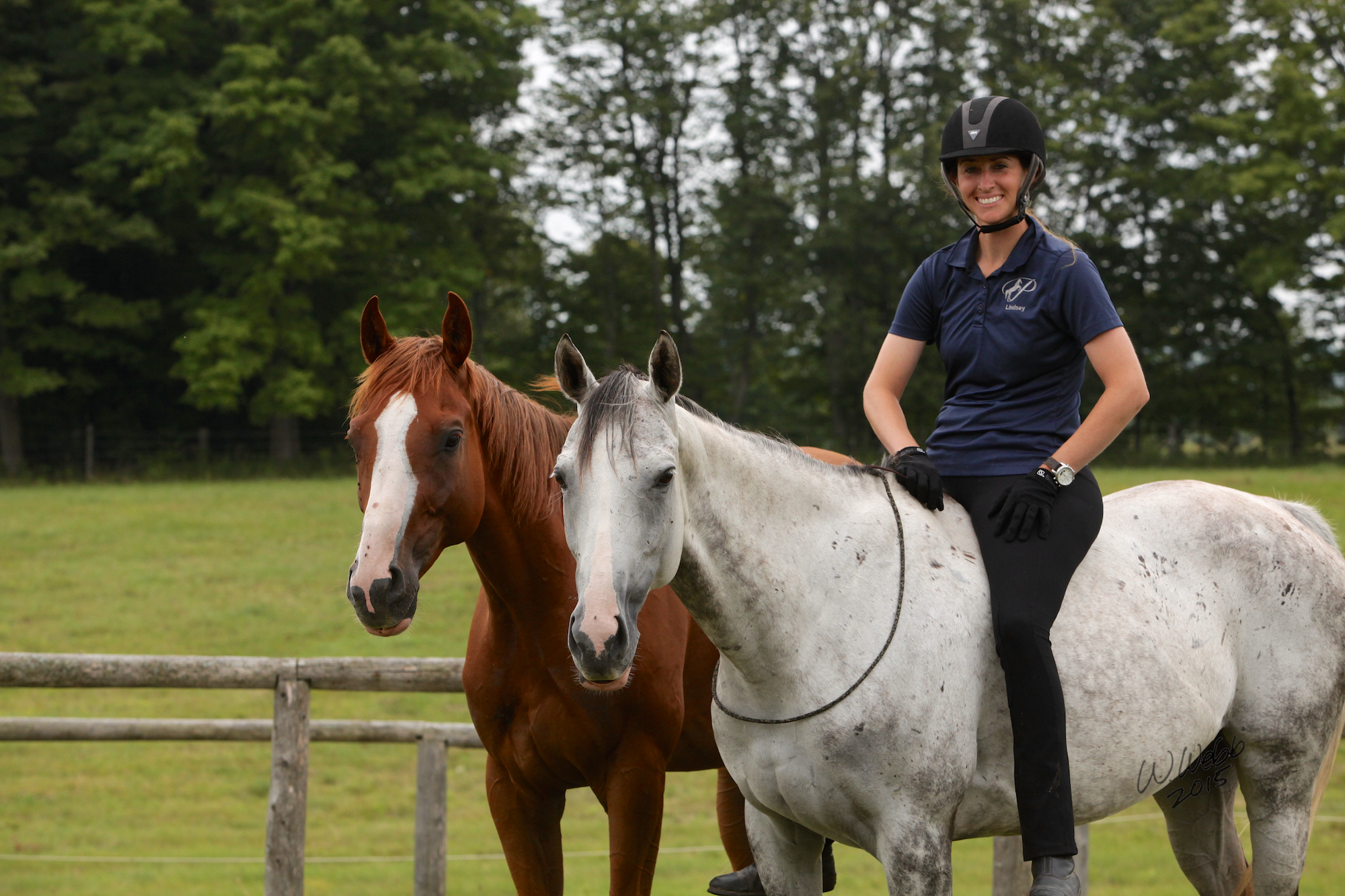 Reasons to attend or host a clinic:
Reasons to attend or host a clinic: